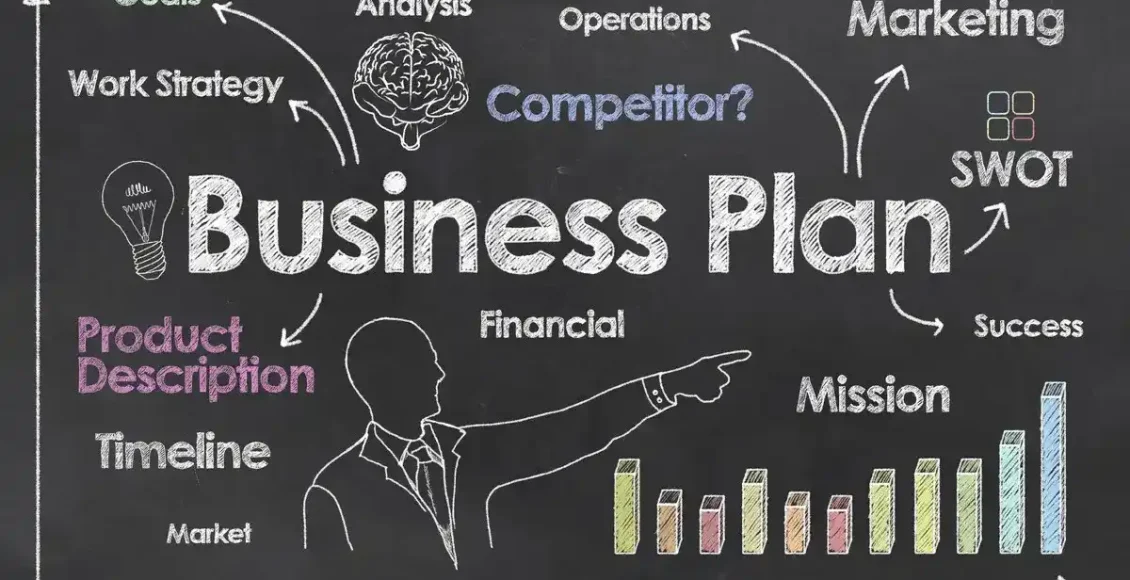tyhanleigh.com – Starting a fashion business without a solid business plan is like setting sail without a map. A well-crafted business plan is your roadmap to success, outlining your goals, strategies, and the steps needed to bring your vision to life. In this guide, we will walk you through the essential components of a winning fashion business plan, providing you with a comprehensive framework to help you navigate the competitive fashion industry.
Understanding the Purpose of Your Business Plan
Defining Your Vision and Mission
Your vision and mission statements are the foundation of your business plan. The vision statement outlines your long-term goals and aspirations, while the mission statement describes your brand’s purpose and values. Together, they provide direction and inspiration for your business.
Setting SMART Goals
SMART goals are Specific, Measurable, Achievable, Relevant, and Time-bound. Setting SMART goals helps you create a clear path to success and allows you to track your progress effectively.
Conducting Thorough Market Research
Analyzing the Fashion Industry
A thorough analysis of the fashion industry is crucial for understanding market trends, consumer behavior, and the competitive landscape. Use industry reports, market surveys, and fashion publications to gather relevant data.
Identifying Your Target Market
Define your target market by identifying the demographics, psychographics, and purchasing behaviors of your ideal customers. Understanding your target audience will help you tailor your products and marketing strategies to meet their needs.
Evaluating Competitors
Analyze your competitors to identify their strengths, weaknesses, opportunities, and threats. This SWOT analysis will help you find your competitive edge and differentiate your brand in the market.
Crafting Your Unique Selling Proposition (USP)
Identifying What Makes You Unique
Your USP is what sets you apart from the competition. Whether it’s innovative designs, sustainable practices, or exceptional customer service, clearly define what makes your brand unique and why customers should choose you.
Communicating Your USP
Effectively communicate your USP through your branding, marketing, and customer interactions. Consistent messaging reinforces your brand identity and builds trust with your audience.
Other articles:
Designing Your Product Line

Concept Development and Sketching
Start with concept development and sketching. Create a cohesive collection that reflects your brand’s aesthetic and appeals to your target market. Consider factors such as seasonality, color trends, and fabric choices.
Sourcing Materials and Manufacturers
Identify reliable suppliers and manufacturers who align with your quality standards and ethical values. Building strong relationships with your suppliers is essential for ensuring smooth production processes.
Creating Prototypes and Samples
Produce prototypes and samples to test your designs and make necessary adjustments. This stage is crucial for refining your products and ensuring they meet your quality expectations before mass production.
Developing Your Marketing and Sales Strategies
Building a Strong Brand Identity
Your brand identity encompasses your logo, color scheme, typography, and overall aesthetic. A strong brand identity is memorable and resonates with your target audience.
Leveraging Digital Marketing
Utilize digital marketing strategies to reach a wider audience. This includes social media marketing, email campaigns, content marketing, and search engine optimization (SEO). Each platform offers unique opportunities to engage with potential customers.
Planning Your Sales Channels
Determine your sales channels, whether it’s an e-commerce website, brick-and-mortar stores, or third-party platforms. A multi-channel approach can increase your reach and sales potential.
Financial Planning and Projections
Creating a Budget
Develop a detailed budget that outlines your startup costs, operating expenses, and projected revenue. This will help you manage your finances effectively and avoid overspending.
Forecasting Sales and Expenses
Accurate sales and expense forecasting is essential for financial planning. Use historical data, market research, and industry benchmarks to create realistic projections.
Securing Funding
Identify potential funding sources, such as personal savings, loans, investors, or crowdfunding. A strong business plan increases your chances of securing funding by demonstrating the viability and potential of your business.
Other articles:
Operational Planning
Setting Up Your Operations
Define the operational processes for your business, including production, inventory management, order fulfillment, and customer service. Efficient operations are crucial for delivering high-quality products and satisfying customers.
Building a Team
As your business grows, you’ll need to build a team. Hire individuals who align with your brand values and bring the necessary skills to help your business thrive. Clearly define roles and responsibilities to ensure smooth operations.
Implementing Technology
Leverage technology to streamline your operations. Use tools and software for inventory management, customer relationship management (CRM), and financial tracking to improve efficiency and accuracy.
Measuring Success and Adjusting Strategies
Key Performance Indicators (KPIs)
Identify KPIs to measure the success of your business. Common KPIs in the fashion industry include sales growth, customer acquisition cost, inventory turnover, and customer satisfaction.
Regularly Reviewing Your Business Plan
Your business plan is a living document that should be reviewed and updated regularly. Monitor your progress, evaluate your strategies, and make adjustments as needed to stay on track and achieve your goals.
Adapting to Market Changes
The fashion industry is dynamic, and market conditions can change rapidly. Stay informed about industry trends, consumer preferences, and competitor activities to adapt your strategies and maintain your competitive edge.
Conclusion: Turning Your Vision into Reality
Crafting a winning fashion business plan is a crucial step towards turning your vision into reality. By defining your goals, conducting thorough research, and developing clear strategies, you can build a strong foundation for your fashion business. Stay adaptable, embrace innovation, and continuously refine your plan to navigate the ever-evolving fashion industry successfully.
FAQs
Q1: Why is a business plan important for a fashion business?
A business plan provides a clear roadmap for your fashion business, helping you define goals, strategies, and steps to achieve success. It’s essential for securing funding and guiding your operations.
Q2: How do I identify my target market in the fashion industry?
Identify your target market by analyzing demographics, psychographics, and purchasing behaviors. Create buyer personas to understand their needs and preferences.
Q3: What is a Unique Selling Proposition (USP) and why is it important?
A USP differentiates your brand from competitors by highlighting what makes you unique. It’s crucial for attracting and retaining customers by offering something they can’t find elsewhere.
Q4: How can I effectively market my fashion brand?
Utilize digital marketing strategies such as social media, email campaigns, content marketing, and SEO. Consistent branding and engaging content are key to reaching and retaining customers.
Q5: What are the key components of a financial plan for a fashion business?
Key components include creating a budget, forecasting sales and expenses, and identifying funding sources. Accurate financial planning is essential for managing costs and achieving profitability.


